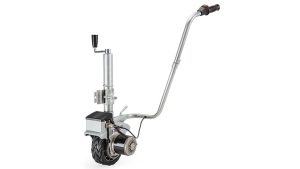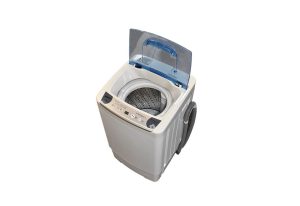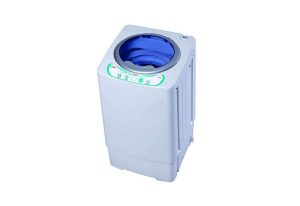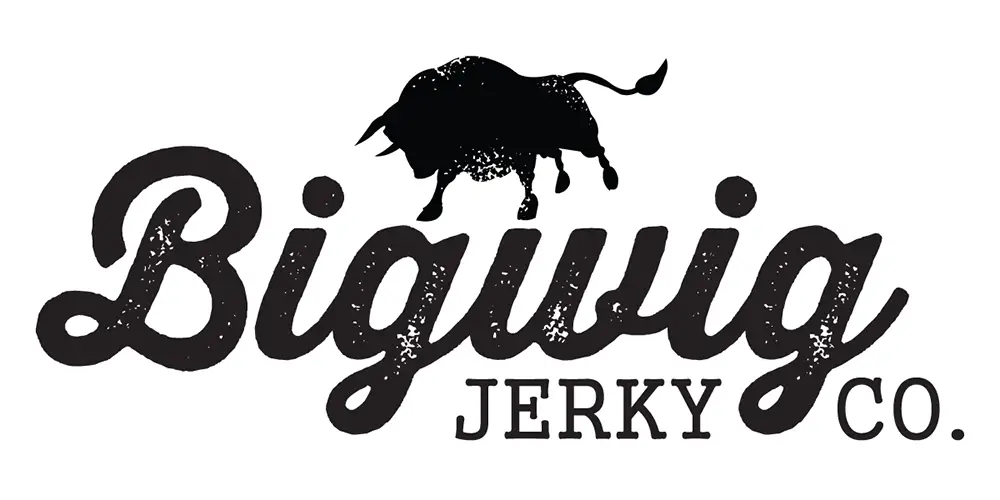Are you heading out camping and setting up a tent? You must check the weather forecast for the area where you are planning to travel. Strong winds might not be everyone’s favourite and can quickly ruin a camping trip.
Many camps have been ruined due to high winds and adverse weather conditions. Here we will give you some information to choose a perfect windbreak for camping. We will provide some tricks and tips for camping in windy conditions.
What is a Windbreak?
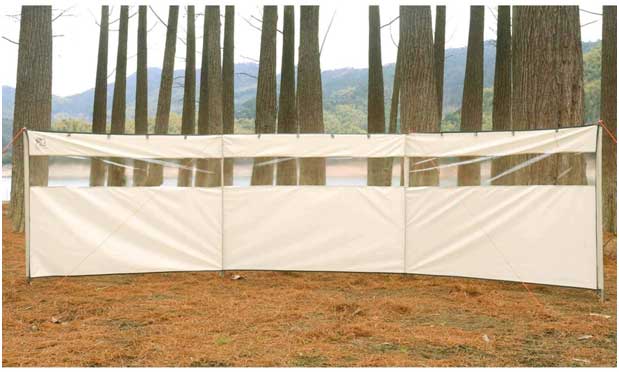
A windbreak is a fence that campers put around their tent during camping to shelter themselves from heavy winds. You can find multiple shapes, sizes, and materials for a windbreak easily.
Usage of Windbreak when camping
Windbreak not only helps campers to be safe from winds, but it has many more uses. Here are some different uses of a windbreak:
Cooking
A windbreak is great if you use a cooking stove while camping. Strong winds often blow out the flame of a cooking stove. So by using a windbreak, you can safeguard your stove’s flames and keep your food cooking.
Pets
If you are the one who takes your pets with you on camping, a windbreak is best for you. This windbreak provides comfort to your pets and prevents others from wandering into their place. When you’re camping with your pets, windbreaks are an effective
Privacy
Many campers use a windbreak near the entry point of their tent. It can prevent unknown people from looking directly into your sleeping space and maintain your privacy. They are also helpful if you want to sunbathe away from other people. The windbreak creates a private space for you at a campsite.
Protection from wind
A windbreak helps protect campers from the difficult occurrences of nature. It can help prevent dust from flying into your food and belongings. It can also prevent you from a chilly breeze.
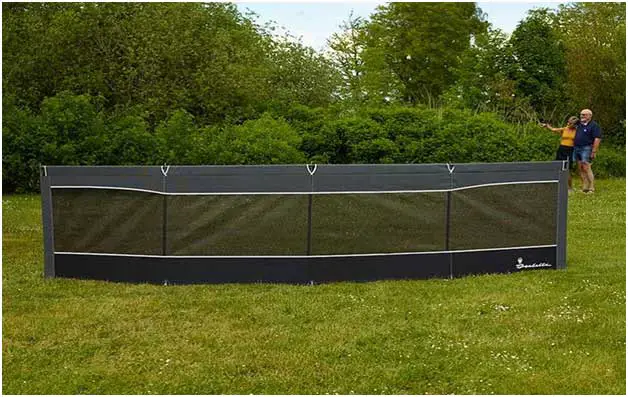
Features of Windbreak
If you plan on buying a windbreak, here are some features you need to consider before choosing one for your camping adventure. Keep reading further:
Material of windbreak screen
Most windbreak screens are built from materials such as polyester or nylon. These windbreaks are strong enough to survive strong winds yet light enough to carry them easily. Canvas is another option for the construction of windbreaks. It’s a durable option, but it tends to be heavy and easily absorbs water. All this makes it unsuitable for your camp tent windbreak screen.
Material of windbreak poles
For the construction of Windbreak poles, mainly wood, fiberglass, or plastic is used. Mainly, wooden poles will bend less than fiberglass or plastic ones. Therefore, they are considered a better option for stronger winds. On the other side, many fiberglass or plastic poles are easily foldable, making them easier to transfer from one place to another.
Material of windbreak poles
For the construction of Windbreak poles, mainly wood, fiberglass, or plastic is used. Mainly, wooden poles will bend less than fiberglass or plastic ones. Therefore, they are considered a better option for stronger winds. On the other side, many fiberglass or plastic poles are easily foldable, making them easier to transfer from one place to another.
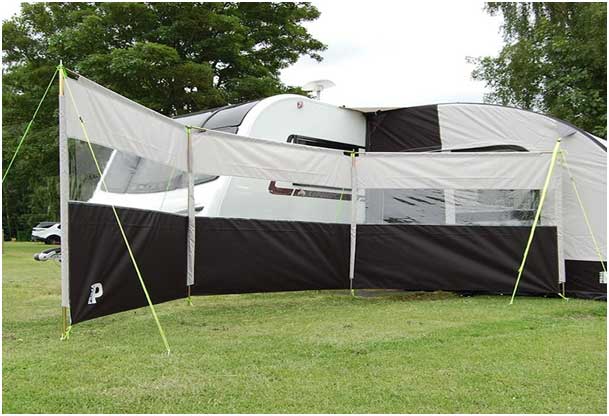
Length of a windbreak
Some windbreaks only have a length of 4 feet, whereas others are 20 feet long. Small sizes are more suitable to transport and can protect only one person. However, most campers prefer larger designs as they can spread out and still benefit from the shelter.
Length of a windbreak
Some windbreaks only have a length of 4 feet, whereas others are 20 feet long. Small sizes are more suitable to transport and can protect only one person. However, most campers prefer larger designs as they can spread out and still benefit from the shelter.
Windbreak guy lines
These are ropes that help you save the windbreak and stop it from moving around too much in strong winds. Guy lines come with larger windbreaks, whereas smaller windbreaks are sturdy to survive without guy lines.
Windbreak cost
Most windbreaks range from between $20 to roughly $100. Windbreaks at the higher end of the price scale will be made with stronger materials and will be able to survive in more difficult conditions.
Installation of a Windbreak
It would be best to have a hammer because you will have to push the poles on soft ground. If you have wooden poles, it is best to use a rubber mallet to avoid breakage of the poles. Place the windbreak at some height from your camping site. You have to hammer in each pole or stake one at a time. Make sure that the material between the poles is rigid.
Cleaning of a Windbreak
If you have nylon and polyester screens, wipe them down with soapy water. Dust can cause wear and tear over time, so it is a strong recommendation to clean your windbreaks regularly. Always make sure windbreaks are completely dry before packing them away.
We are sharing a few tips that ensure you beat the wind. These tricks will help you survive in risky, heavy winds. Here are a few tips:
- First of all, check the weather forecast. If there is already some prediction of the storm, postpone your trip.
- If possible, use natural windbreaks such as Sand mounds, hedges, thick bush, and small buildings. These natural windbreakers reduce the effect of high winds.
- Note down the direction of the wind at your campsite. Install your tent with the entrance facing away from the main direction of the wind.
- Pegging down the tent correctly is the best way to secure it and prevent unwanted damage from strong, heavy winds.
- Avoid trees if possible. Pick a campsite clear of any falling branches and potential hazards.
- Don’t go alone to the campsite if you know the weather changes to storm at any time. Go with your family and friends. Extra hands are great at holding down lines to keep gear from flying away, and extra bodies will weigh down your tent at night.
- These are some tricks and tips you have to follow other than your windbreak to enjoy your camp in hard conditions.
Conclusion
Safety must be your priority whenever you are out camping with your loved ones. Mother Nature is unpredictable and sometimes can cause a lot of destruction. Floods, heavy rainfall, strong winds, snow, etc. are just some examples of dangerous situations for campers.


